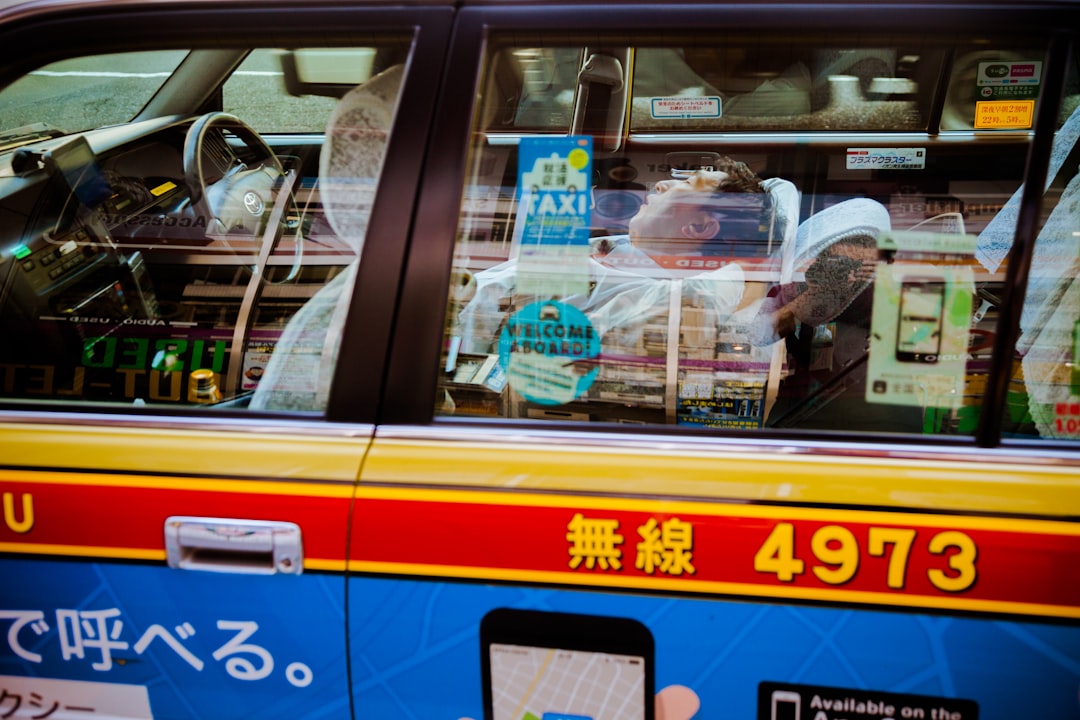Discover the upcoming trends and competitive landscape in China’s weight loss and diabetes drug market, as reported by L.E.K. Consulting.
Introduction
China’s diabetes drug market is on the brink of significant transformation. According to a recent report by L.E.K. Consulting, the market for weight loss and diabetes medications in mainland China is poised to become increasingly competitive. This surge in competition is driven by an influx of over 60 late-stage drug candidates currently undergoing clinical trials, setting the stage for a crowded marketplace.
The Current Landscape of China’s Diabetes Drug Market
The diabetes drug market in China has experienced substantial growth, fueled by rising prevalence of diabetes and increased healthcare awareness. Leading multinational pharmaceutical companies have dominated the market, particularly in the GLP-1 (glucagon-like peptide-1) category. These drugs not only help regulate blood sugar levels by signaling the pancreas to release more insulin but also aid in weight loss by slowing digestion and reducing appetite.
Impact of Novo Nordisk’s Patent Expiration
A pivotal event in the China’s diabetes drug market is the impending loss of patent protection for Novo Nordisk’s semaglutide product next year. This development opens the floodgates for biosimilar and generic manufacturers to introduce their versions of the drug. Novo Nordisk, a Denmark-based pharmaceutical giant, has seen substantial growth, with its revenue increasing by 25% to USD 42.1 billion last year, largely driven by semaglutide sales.
Helen Chen, L.E.K.’s global healthcare and life sciences co-head, highlights that “the landscape in China is expected to become even more competitive than in developed markets, where the GLP-1 category is primarily dominated by leading multinational pharmaceutical companies.”
Increased Competition: Biosimilars and Generics
With the patent expiration, up to 20 biosimilar or generic copies of semaglutide are expected to enter the diabetes drug market in China. This influx will intensify competition, leading to greater market fragmentation and heightened pricing pressures. The entry of these alternatives not only provides more options for consumers but also challenges established players to innovate and differentiate their offerings.
Market Implications and Pricing Pressures
The saturation of the diabetes drug market in China will likely result in aggressive pricing strategies as companies vie for market share. Consumers may benefit from more affordable options, but companies will need to navigate thin profit margins and increased cost pressures. Additionally, regulatory bodies may enforce stricter pricing controls to curb excessive pricing practices, ensuring drugs remain accessible to those in need.
Future Trends and Opportunities
Despite the challenges, the evolving diabetes drug market in China presents numerous opportunities for growth and innovation. Companies that invest in research and development to create more effective and affordable treatments will stand to gain significantly. Moreover, the shift towards personalized medicine and digital health solutions can provide companies with the tools to better manage patient outcomes and streamline operations.
Conclusion
China’s diabetes drug market is set for a dynamic shift with heightened competition and emerging opportunities. Brands looking to navigate this complex landscape must stay abreast of market trends, regulatory changes, and consumer preferences. Leveraging expert consultancy services can be crucial in successfully entering and thriving in this competitive environment.
Ready to expand your brand into the Chinese market? Partner with Ripple Marketing to navigate the complexities and maximize your opportunities in China’s thriving pharmaceutical landscape.


Leave a Reply